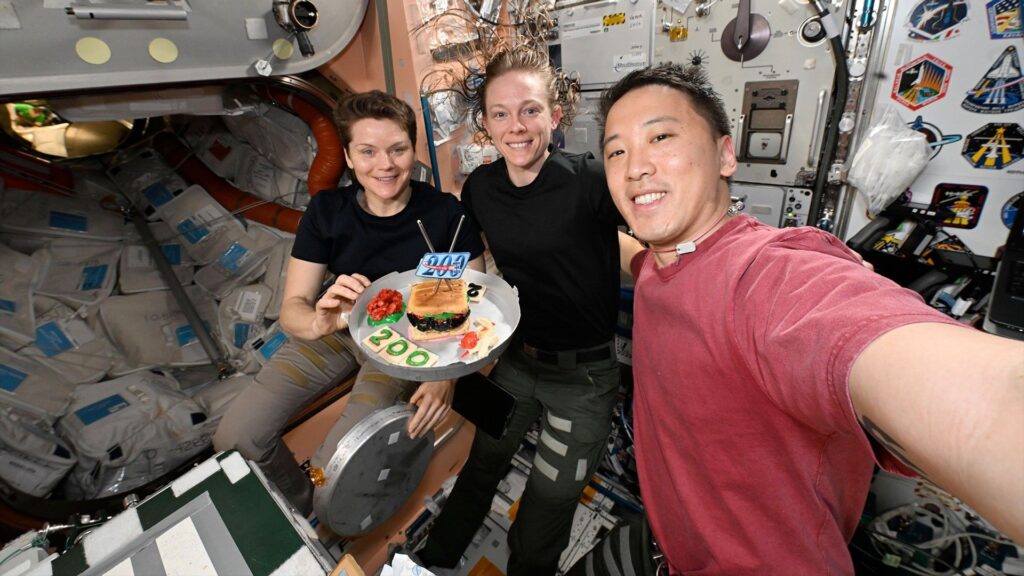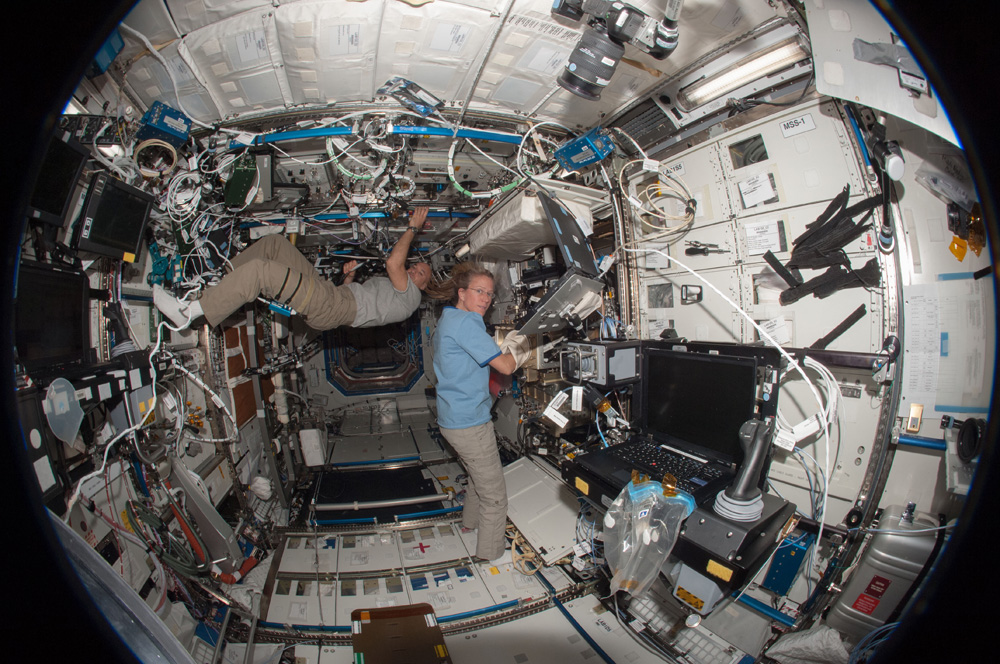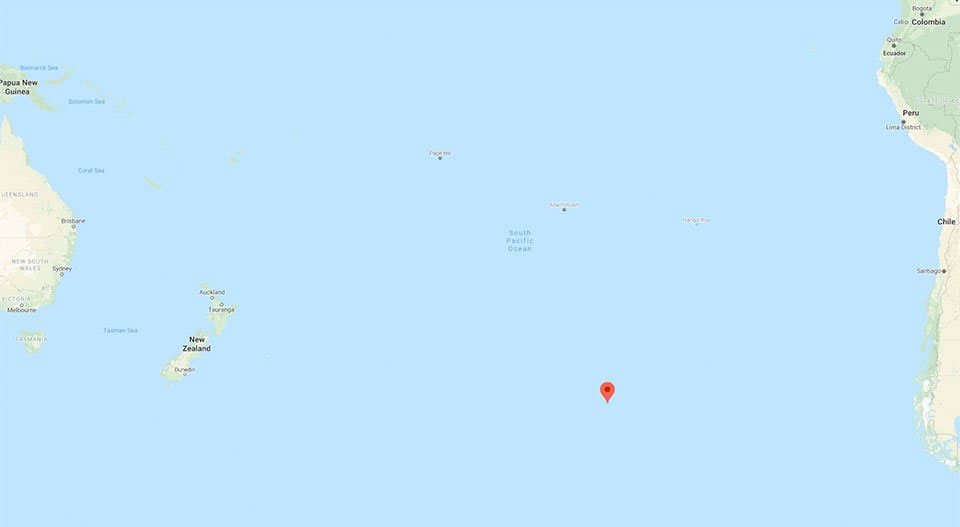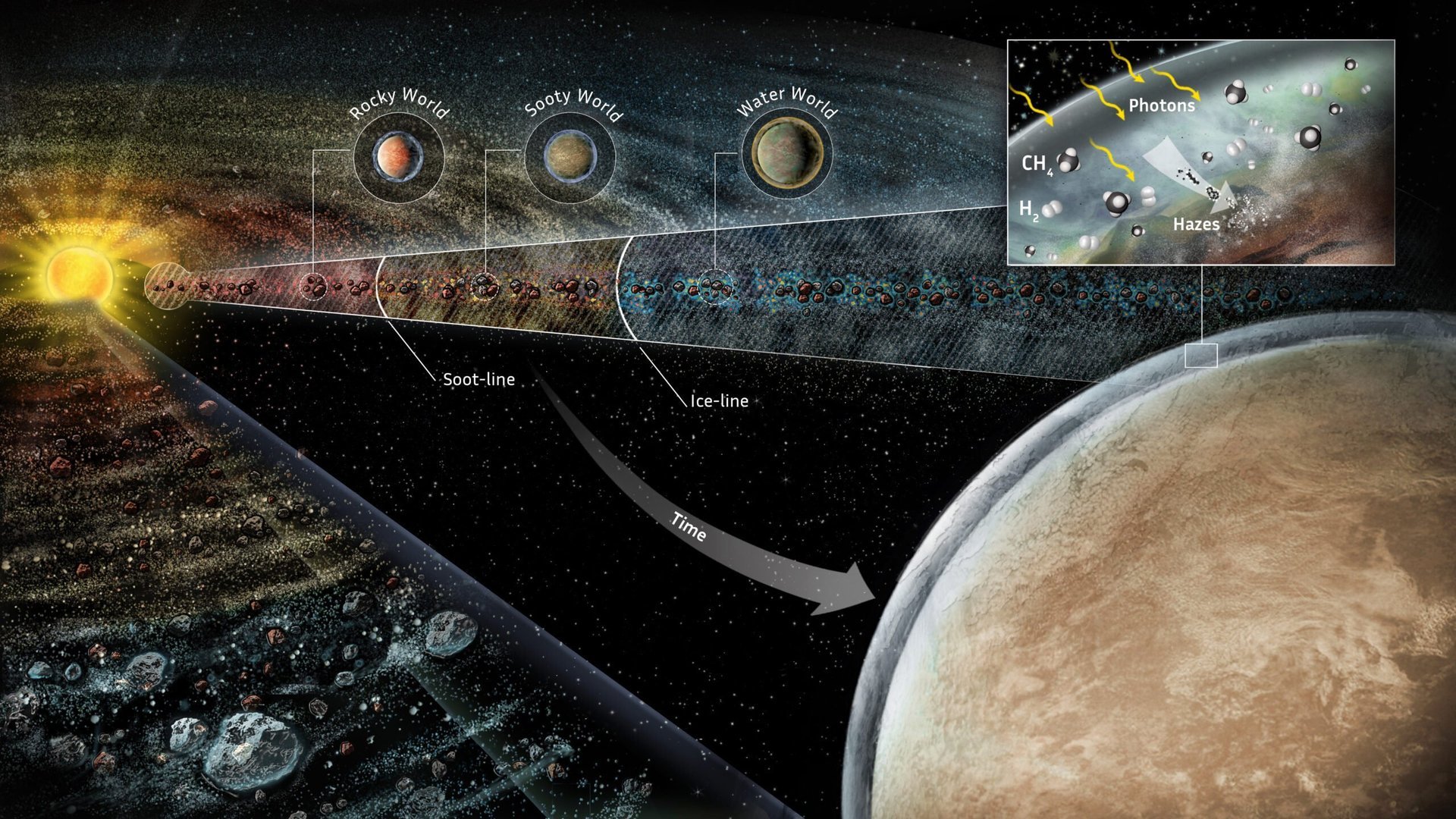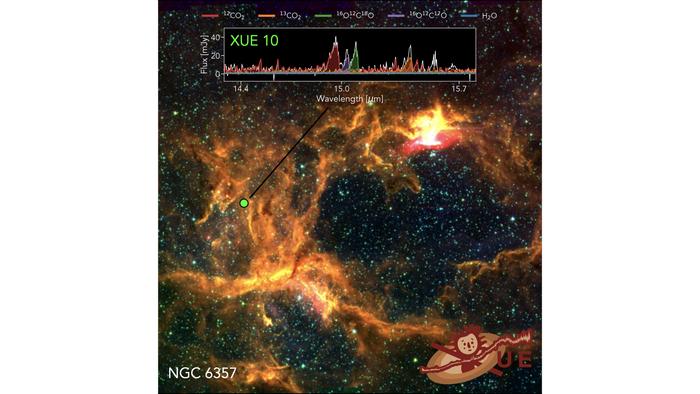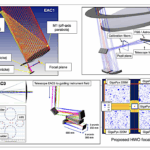Now Reading: Uranus quiz: Do you know the Tilted Planet?
1
-
01
Uranus quiz: Do you know the Tilted Planet?
Uranus quiz: Do you know the Tilted Planet?


Get ready to explore one of the most unusual planets in our solar system — Uranus, the tilted ice giant that spins on its side and keeps scientists guessing.
Add in a lopsided magnetic field and faint rings, and you’ve got a planet full of cosmic quirks waiting to be uncovered.
Whether you’re a space trivia pro or just diving into the cosmos, Uranus is sure to surprise you.
Whether you’re fascinated by planetary oddballs or just love a good challenge, this quiz will take you deep into the icy realm of Uranus.
Try it out below and see how well you score!
Stay Informed With the Latest & Most Important News
[mc4wp_form id=314]
Previous Post
Next Post
Loading Next Post...
Popular Now
-
 012024 in Review: Highlights from NASA in Silicon Valley
012024 in Review: Highlights from NASA in Silicon Valley -
 02Panasonic Leica Summilux DG 15mm f/1.7 ASPH review
02Panasonic Leica Summilux DG 15mm f/1.7 ASPH review -
 03How New NASA, India Earth Satellite NISAR Will See Earth
03How New NASA, India Earth Satellite NISAR Will See Earth -
 04And Thus Begins A New Year For Life On Earth
04And Thus Begins A New Year For Life On Earth -
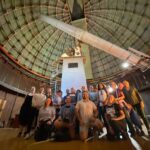 05Astronomy Activation Ambassadors: A New Era
05Astronomy Activation Ambassadors: A New Era -
06SpaceX launch surge helps set new global launch record in 2024
-
 07Space Force plans new ‘Futures Command’ amid pressure to speed up modernization
07Space Force plans new ‘Futures Command’ amid pressure to speed up modernization
Scroll to Top












